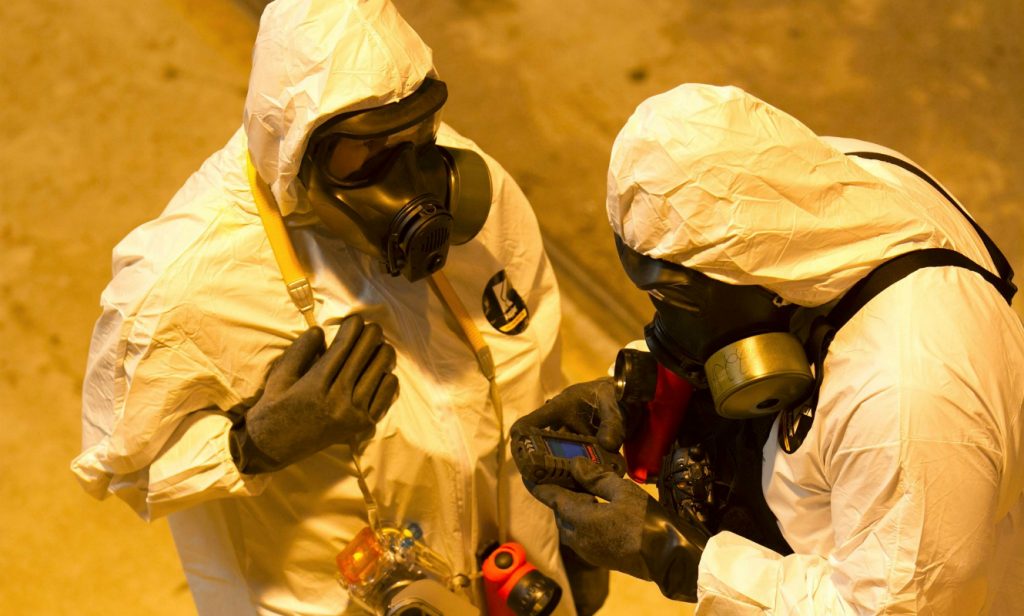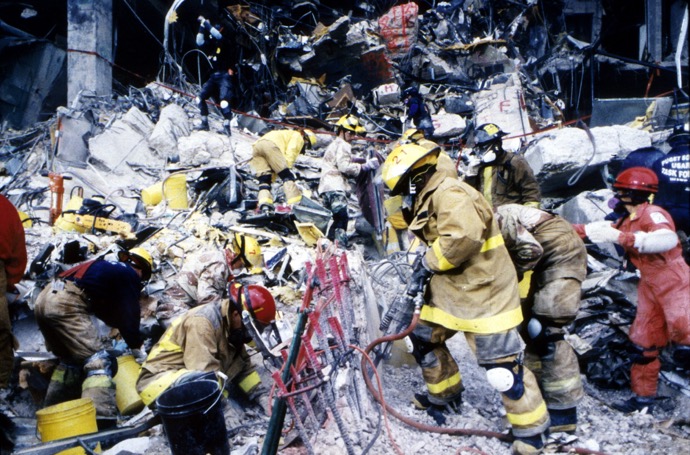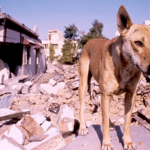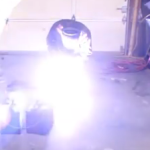Reasons Why We Worry About Dirty Bombs

The mention of dirty bombs doesn’t seem to send fear coursing through the veins of the population at large. Maybe this term is benign enough to make these weapons seem relatively harmless compared to a biological or nuclear attack. However, dirty bombs are extremely deadly, and they can render miles of valuable land, infrastructure or commercial areas useless for decades.
What is a Dirty Bomb

A dirty bomb is not a nuclear device in the technical sense of the word. They do not contain enriched uranium that is needed to make nuclear warheads that explode, create mushroom clouds or incinerate millions of people at once. Instead, these improvised explosive devices have radioactive material incorporated into their design. The most common radioactive substances in dirty bombs are cesium and strontium. They can be added to a conventional bomb and then scatter once detonated.
You don’t need a lot of material to cause extensive damage with this type of weapon. One ounce of either of these substances mixed with about five pounds of TNT is enough to create a radioactive dust cloud that can cover up to a square mile. These bombs, designed properly, can be placed in briefcases, backpacks or in boxes that are delivered to the target by a shipping company, the post office or courier. Consequently, this represents a huge threat that has surprisingly not been used to date.
The Biggest Risks
Dirty bombs are tactical weapons that are intended to cause maximum disruption and permanent damage to specific areas. Imagine one of these going off in an international airport terminal, central rail station, financial district or government buildings. They can be detonated inside of a major trauma center or university. The possibilities are endless. However, the results would be the same. Areas that are covered in radioactive dust from a dirty bomb will be useless for up to decades.
The material will adhere to surfaces, get into ducts and air vents. Material can permeate cracks and crevices. In other words, everything this material touches will pose a health risk to anyone nearby. When radioactive dust falls onto a natural surface, the flora and fauna can be removed along with the top layer of soil. However, when the dust gets into buildings, they need to be destroyed under very controlled conditions. Hundreds of thousands of people may need to be permanently evacuated from their homes, offices and local schools. Day to day business would be permanently disrupted.
Imagine one of these things going off in the middle of Wall Street or Times Square. Consider the impact of a bomb detonating near the United States Capitol or White House. It is entirely possible, and this is what makes government officials so scared. They can also be used against key infrastructure targets or areas that people frequent on a daily basis.
Off Limits

After a bomb does go off, everything will be off limits. People will not be able to return to the scene and collect their personal effects. Computer networks will be inaccessible. Everything from banking systems to pencils and desktop computers will be lost forever. Essential services would need to be permanently relocated. The cost of a single, small dirty bomb could run into the tens of billions of dollars. It would also keep certain services that we rely on offline for months as they are relocated.
Health risks are also an obvious concern as radiation exposure can lead to illness and death. People who are nearest to ground zero after the blast are the most susceptible to the ill health effects of a dirty bomb. However, those who are downwind or on the periphery of ground zero may become ill and suffer life-long medical problems as a result. Finally, radioactive dust can be transported from place to place as people migrate away from the affected area as well.
These are just a few examples of the potential devastation that dirty bombs can cause. What should be alarming us all is the fact that terrorists have and are currently hard at work to build and detonate them in key areas around the world. The Paris and Brussels bombers and their associates were actively trying to obtain material to construct such a device. The fact that Iran is being able to make radioactive material, even if it is not for a nuclear weapon, is unsettling. These less-severe nuclear products can easily be smuggled, sold and incorporated into a dirty bomb.
Dirty bombs are hard to detect, and chances are that we will be attacked at some point in the future. Imagine the fear, uncertainty, direct and indirect costs of such an incident. The emotional toll is probably going to be much more severe than an attack itself. Consequently, we should be preparing for the ramifications of the actual attack in terms of immediate injuries and fatalities. Then, we need to consider how the disruption will impact our lives as well.
Finally, we have the long-term consequences that can range from an economic or societal collapse. In each case, the potential for a small bomb to wreak serious havoc is something that we should be taking very seriously. How prepared are you?
















